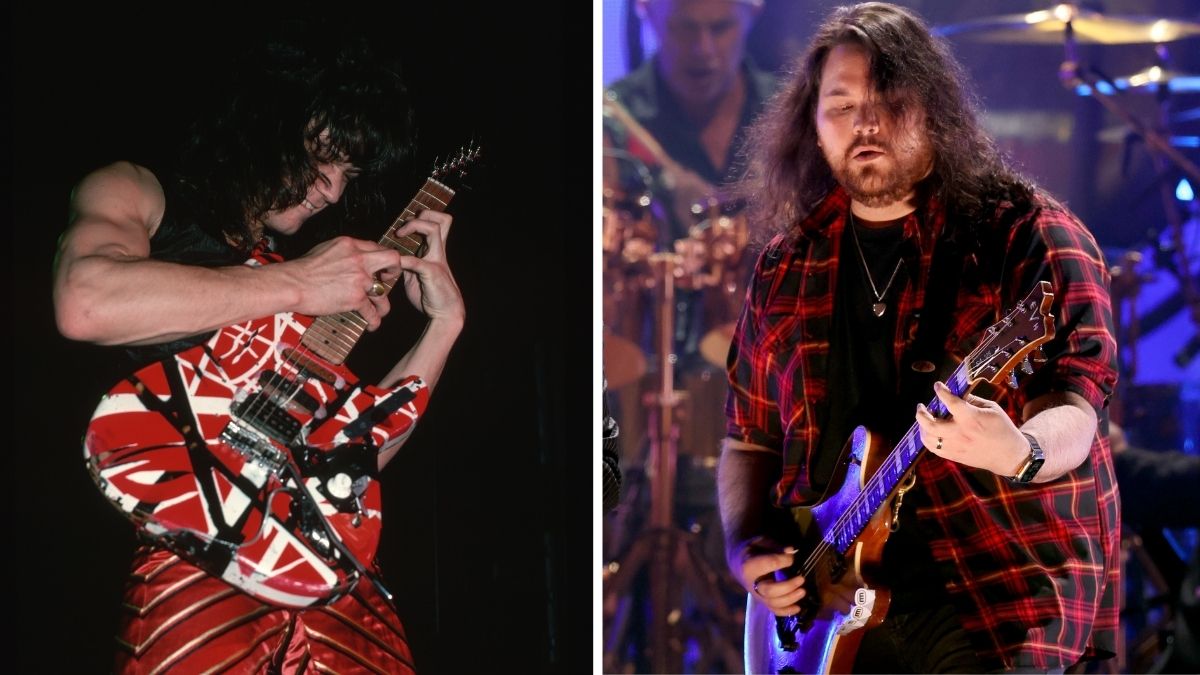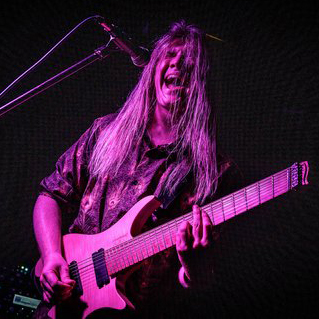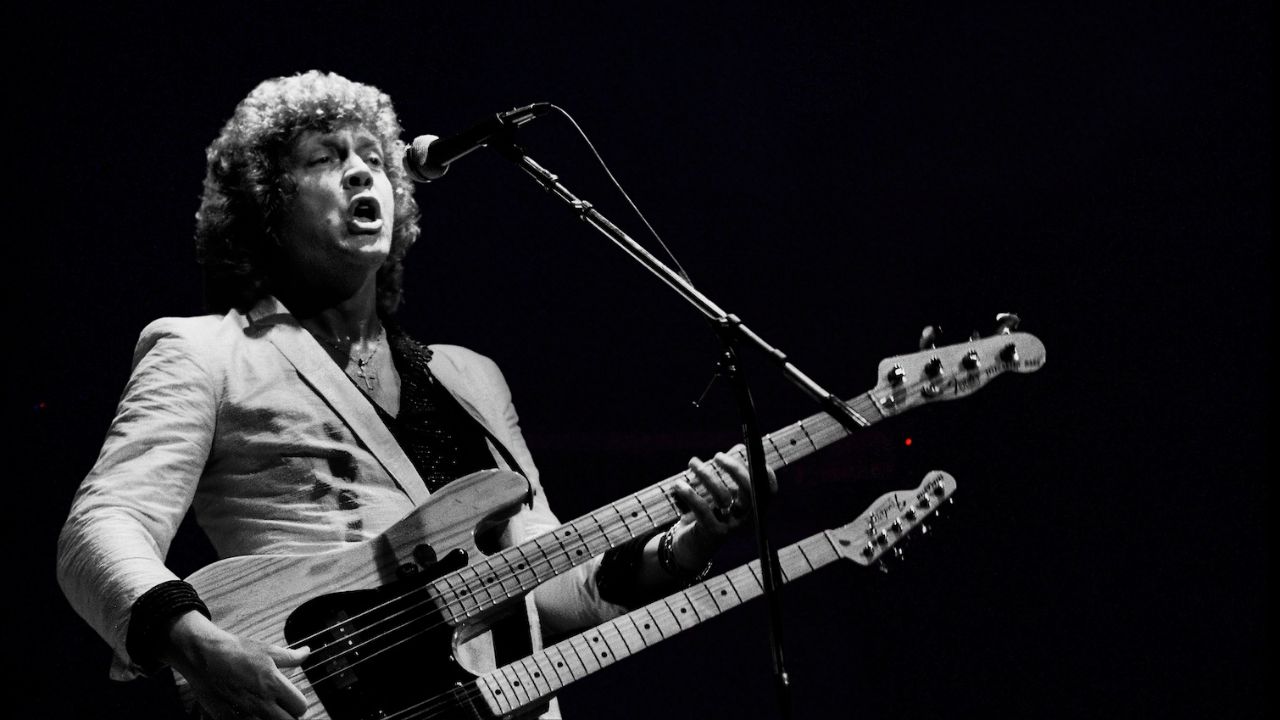“You really have to work for it”: Eddie Van Halen’s Frankenstein is one of the most famous guitars of all time – but Wolfgang says it has its limitations
It might be considered a Holy Grail guitar, but Wolfgang says it’s not all that easy to play

Eddie Van Halen's Frankenstein is one of the most iconic electric guitars of all time. Built, upgraded, and heavily modified over the late 1970s and early 1980s, the guitar is emblematic of Eddie's genius both as a player and as a visionary of the instrument.
That said, the guitar is by no means a dream to play – according to Eddie's son, Wolfgang Van Halen, it has its fair share of shortcomings.
“The guitar I wanted to play did not exist,” Van Halen had once said of Frankenstein. “What I wanted was a cross between a Gibson and a Fender”
As Simon Alkin’s excellent free-to-air documentary on the virtuoso’s modding addiction showcases, that’s exactly what the guitar is. By meshing the body of a Strat with a humbucker and a Floyd Rose, EVH crafted an enduring guitar symbol that is instantly recognizable to this day.
However, speaking with Ultimate Guitar, his son, Wolfgang – who owns the guitar and used it guitar to track parts of Mammoth’s new album – says the guitar isn’t immune to issues.
“You really have to work for it,” he explains. “I played it also for the solo on Take a Bow [from 2023’s Mammoth II], and on that, one of the first bends for the solo, you can really hear the sustain almost die out really quickly. You have to really pull it out of the guitar.”
The truth of the matter is that, while Frankenstein is a legend of the electric guitar world, it was one of Eddie’s first mod jobs. It was never going to be perfect for every player. That’s why he played other guitars as his career developed. Wolfgang is quick to acknowledge that.
All the latest guitar news, interviews, lessons, reviews, deals and more, direct to your inbox!
“Obviously, it was a tool that dad used for a certain amount of time and then moved on to something else,” he says. “He was always working on stuff and making it better that fit his needs at the time. And so that kind of fell out pretty quickly.
“So, while it very much has that sound of that era there, it definitely has its limitations. It's fun to bring it out; you can really hear that on Take a Bow, but for The End, it was just about locking into that groove. I think when the pickups aren't as hot as something you would be normally used to, it's really about getting that percussive roll with that."
For the song’s slapping riff, which needs a high level of dexterity to pull off, the guitar isn’t trying to go out all guns blazing. As Wolfgang explains, the output of that ‘bucker helps give it that more cutting feel.
That percussive approach bleeds into The End’s main tapping lick, with the guitarist previously explaining how he categorizes the technique his dad popularized into two areas. Handily for us, he showcased how these two approaches differ to Ola Englund during a recent interview.
While it very much has that sound of that era there, it definitely has its limitations
Wolfgang Van Halen
When it comes to soloing, Wolfgang says he's taken one piece of advice from his father to heart more than most. During his chat with Ultimate Guitar, he pointed towards the opening track of his forthcoming album, also called The End, as proof of him taking that advice and running with it.
“One of a Kind is a good example is a good example of growth between the last album and this one, I'm really proud of how that turned out,” he says. “It set the pace and direction for the record. I'm really happy with the solo output this time around.”
But as good as Eddie was at shredding, it turns out he was a terrible teacher: Wolfgang revealed that his father once asked Paul Gilbert to give his son a guitar lesson instead.
A freelance writer with a penchant for music that gets weird, Phil is a regular contributor to Prog, Guitar World, and Total Guitar magazines and is especially keen on shining a light on unknown artists. Outside of the journalism realm, you can find him writing angular riffs in progressive metal band, Prognosis, in which he slings an 8-string Strandberg Boden Original, churning that low string through a variety of tunings. He's also a published author and is currently penning his debut novel which chucks fantasy, mythology and humanity into a great big melting pot.
You must confirm your public display name before commenting
Please logout and then login again, you will then be prompted to enter your display name.


